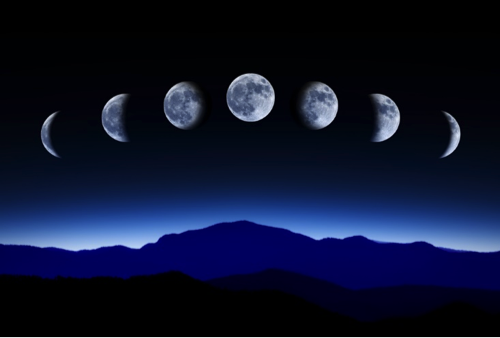All posts by Osaid Ali
The Perkins School for the Blind
by Osaid Mirza
I never thought about how the blind live or study. Moreover, I didn’t even know that there are people who are both deaf and blind. The Perkins School for the Blind started out to be only for the blind, but it has become a place for all students with blindness and other disabilities. When I visited the Perkins school I noticed that there were so many differences between the Perkins school and what I'm used to.
The Perkins school has been designed to be much easier for the blind. For instance, the roads around the buildings are flat, there are fewer stairs, and in addition to braille, there are symbols and raised lines on the walls and ground to guide the blind to their classes.
In their teaching style, Perkins has created their own way of teaching by using objects (practical education). Especially in science, there are so many samples to feel. But in a sighted school, they commonly use visual means of education. A general curriculum is being used in sighted schools, while an individualized curriculum is being used in the Perkins school.
Perkins has difficult goals to achieve because they deal with so many different disabilities, and they have to help each one of the students develop independence. The school wants students to be as independent as possible by the time they graduate.
In conclusion, what I have seen at Perkins was so amazing. I learned so much about how the school trains blind students to be independent. What is more amazing is that they had some great examples of students who were known internationally, like Helen Keller, and Laura Bridgman, and many more. I can’t describe it much more. You should go there and visit it yourself. It is amazing!*
*The location of the Perkins school is: 175 N Beacon Street, Watertown, MA 02472
Ramadan

www.greenprophet.com/2013/06/science-replaces-moon-spotting-as-ramadan-predictor
In the Islamic lunar calendar, the ninth month is a very special month for all Muslims around the world. This month is called Ramadan. It is often 30 days and sometimes 29 days. How do we know when Ramadan begins? By the end of the eight month, on the 29th day, we look for the new crescent moon. If we could see the new moon, then Ramadan starts by the sunset of the same day, and we start fasting before the sunrise of the next day. On the other hand, if we couldn’t see the new moon, then we complete the previous month, 30 days, and Ramadan begins the following day.
What do Muslims do in Ramadan? Ramadan is a holy month, and Muslims do good things as best as they can to worship god (Allah), increasingly in this month. It could be contributing, donating, volunteering or distributing food for the needy, and much more. Ramadan is the month that our Holy Quran was completed in, so we are reading the Quran most of the time and trying to finish reading it all (604 pages) during Ramadan. In the very beginning of the day, we eat (Sahoor) before sunrise. And it’s a regular meal, not so heavy and not so light, to keep our stomach full. After sunset we break our fast by eating dates* and drinking water. Then we eat; the reason for this is to give our stomach prior alert to not break down after a long fasting, and also to follow what the prophet Mohammad (Peace be upon him) was doing. We have special prayers (Taraweeh) after the last prayer in the day (Isha). Taraweeh is prayers in the short-term, but multiple and the most common is 5 prayers. In the last 10 days we pray late in the night (after midnight), we call it (Tahajjoud).
As a reward from Allah, when Ramadan finishes and everyone is so proud of what they did during Ramadan, we celebrate in the first day after Ramadan. This celebration is called Eid AL-Fitr, and we don’t fast any more. In the morning of this day, and before the sunrise, we gather in a mosque or place and pray (alfajr)-the first prayer in the day- and when the sun rises we pray (AL-Eid’s prayer). After we finish praying, we congratulate each other. That’s what makes it happier, that you’re welcoming people you don’t know and congratulating them for their efforts in Ramadan. Mostly we celebrate 3 consecutive days after Ramadan, and in these days we visit each other and hang out together, and we still donate and distribute food and clothes for the needy to have them celebrate with us.
*here is a great website selling dates if you are interested (http://tomoorona.com/)